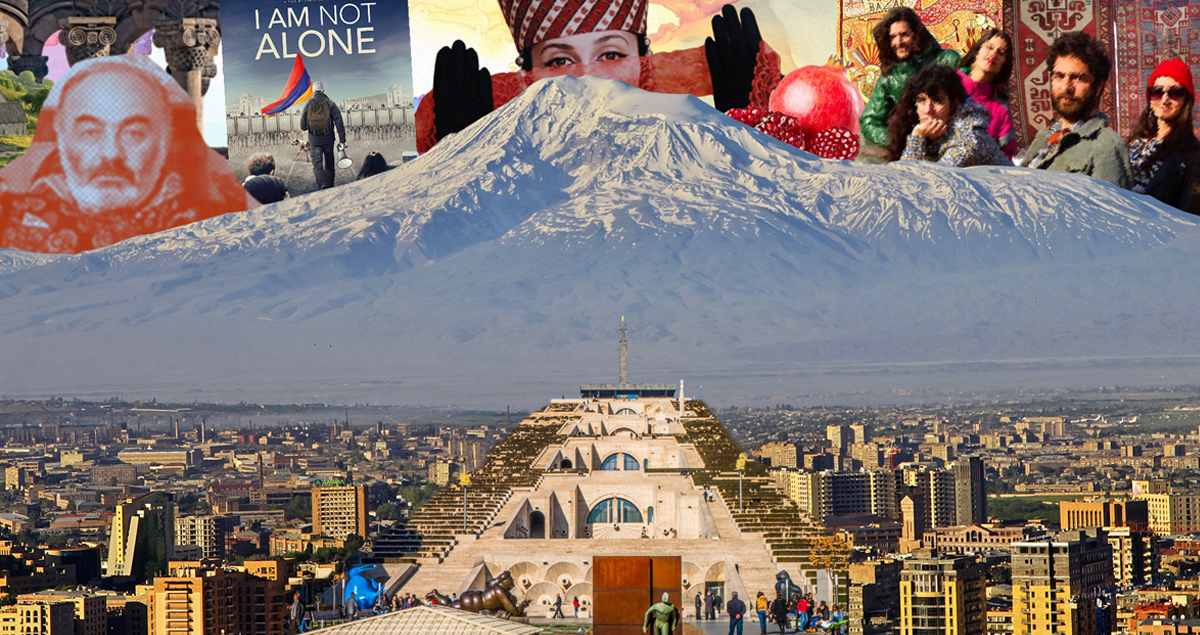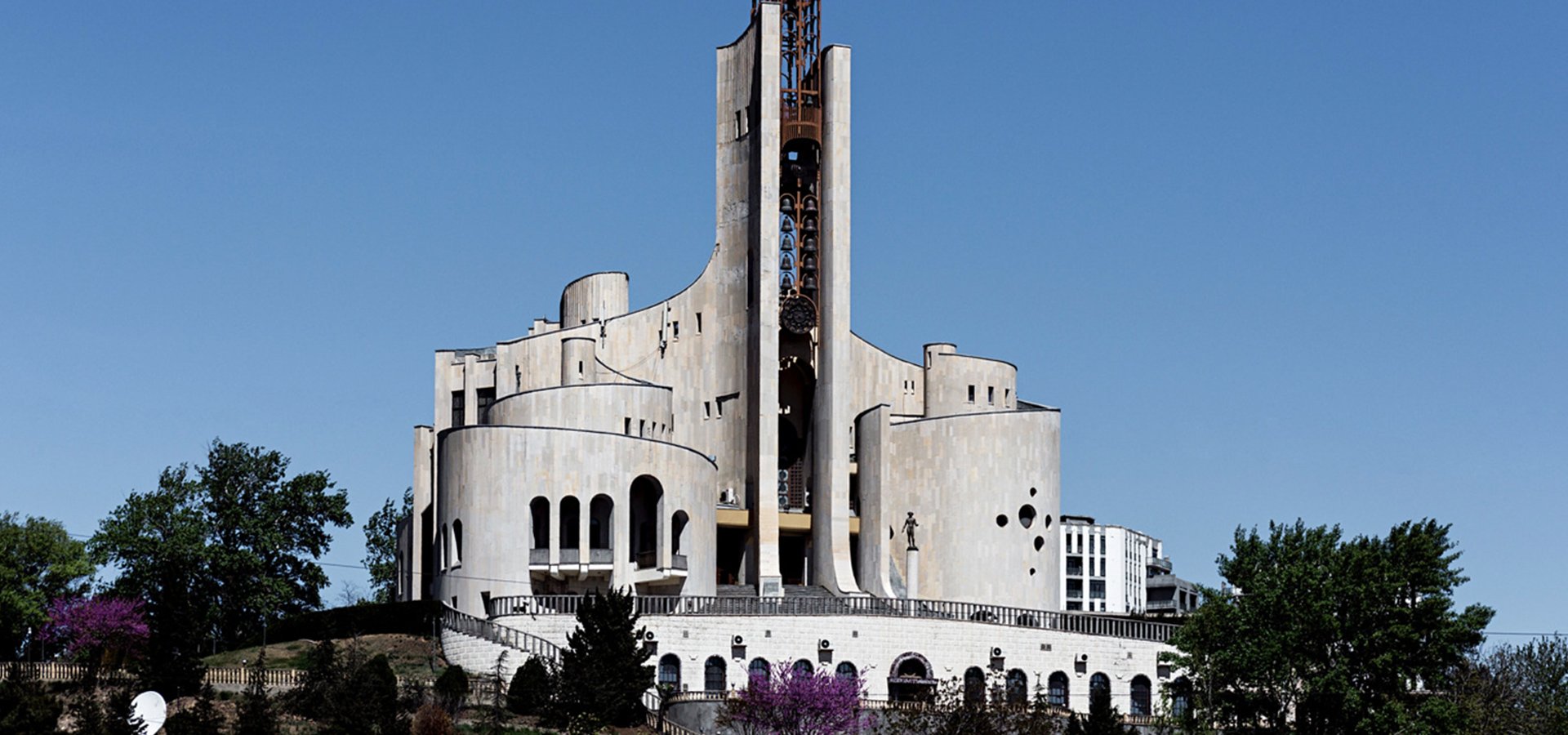Building Armenia: the secret to modern architecture with ancient roots
The architecture of Armenia responds both to past traditions, and the country’s earthquake-prone geography. Acknowledging a reputation for sturdy concrete, stone structures and medieval churches, the country’s contemporary architects are experimenting with different materials to create lighter and more open structures.
Historic buildings in Armenia feature thick walls and low-slung profiles, usually made of a readily-available material like stone. From ancient geometric groundwork to massive rock walls, the country’s built environment dates back millennia. This history was continuously influenced by regional cultures and religions, and more recently, by large Soviet building projects. Beyond the country’s borders, the Armenian diaspora led to sacred architecture and churches to be constructed around the world. The following projects look back into the country itself to examine the new buildings and architecture built over the last ten years.
Dilijan Central School. Image: Sona Manukyan and Ani Avagyan
Education in the Armenian city of Dilijan has been developing rapidly in recent years, with the creation of both the Dilijan International School and the Scientific Research Center of Central Bank of Armenia. The Dilijan Central School is intended for the children of employees at both institutions, and serves as an elementary and middle school.
UWC Dilijan College. Image: Daniil Kolodin
UWC College Dilijan was built with hopes to integrate a complex of modern buildings into the city’s natural historical environment. The famous Armenian tufa, a soft volcanic rock, was used as a main building material along with local stone, while eco-friendly “green” walls and roofs were also used for school’s main building.
BigBek Office. Image: Sona Manukyan and Ani Avagyan
The office of Armenian software development company BigBek is located in Yerevan’s Soviet-era automotive plant ErAZ — now transformed into office space for Armenia’s growing IT community. The project’s main goal was to create an open workspace for up to 30 employees with a strict functional division in a space of just 177 square metres.
American University of Armenia. Image: Sona Manukyan and Ani Avagyan
The old building of the American University of Armenia (AUA) in Yerevan was built in 1979 by two of the most prominent Armenian architects of the time, Mark Grigoryan and Henrik Arakelyan. The building has a symmetric triangular shape with a light-coloured facade, a conceptual approach to balance its formal mass. Through this renovation project, an interior was created that would allow the old and the modern meet and create a reciprocal harmony.
Ayb Middle School. Image: Sona Manukyan and Ani Avagyan
This building was designed for the area’s current elementary school, but in future will be utilised for Ayb Middle School. The building is situated in front of the A and B buildings with a capacity to accommodate 240 students. Just as in the first two buildings, the C building’s architectural philosophy lies in creating an open and collaborative educational environment that is multi-functional.
TS Apartment. Image: Sona Manukyan and Ani Avagyan
TS Apartment is located close to the Yerevan Cascade, in a neoclassical building. The bedroom’s small balcony overlooks the Cascade monument itself, where during the warm days, open air concerts are held. The client wanted a bedroom that could easily transform so that he could host friends to enjoy these concerts.
Smart Centre. Image: Ieva Saudargaite
Targeting rural regions, Smart Centres are designed to respect the integrity of rural aesthetics in sync with contemporary architectural design, maintaining the authenticity of the region while encouraging progressive ideology. Each is made to utilise sustainable and green design, off-the-grid components and renewable energy. The centres themselves have classrooms, health posts, studios, computer lounges, meeting points, an auditorium , libraries, restaurants, and various spaces for indoor and outdoor activities.


